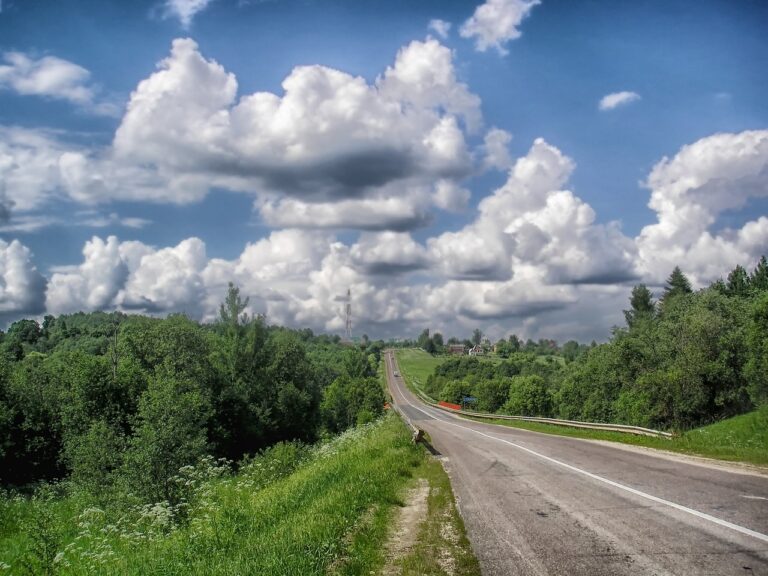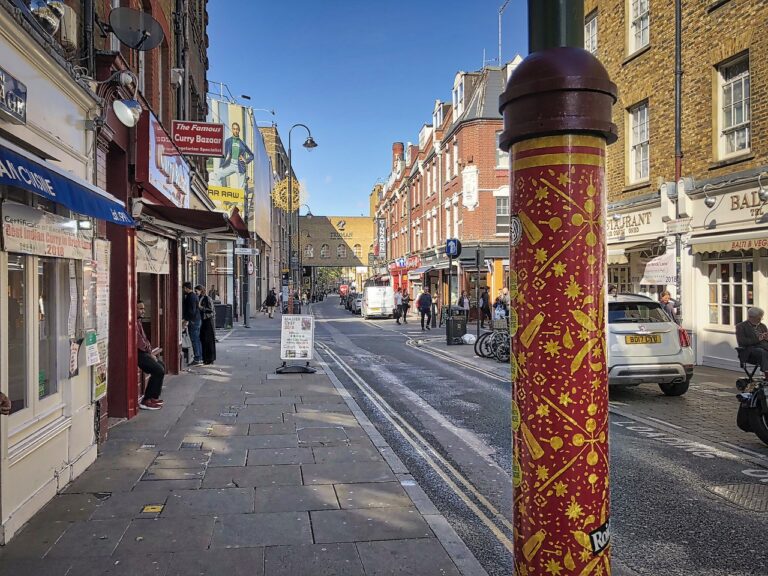Exploring the world’s most breathtaking fjords: glacial valleys carved by ancient ice
When it comes to natural wonders that leave us in awe of the forces of nature, few can rival the sheer beauty and majesty of fjords. These glacial valleys, carved by ancient ice over millions of years, are some of the most breathtaking landscapes on Earth. From their towering cliffs to crystal-clear waters, fjords are a sight to behold for any traveler seeking a truly unforgettable experience. In this article, we will explore some of the world’s most stunning fjords and delve into the fascinating geology behind these natural wonders.
The Geology of Fjords
Fjords are formed when glaciers carve deep valleys into the landscape, often leaving behind narrow, winding waterways that are flanked by steep cliffs. As the glacier advances and retreats, it creates a U-shaped valley that is then flooded by the sea, forming a fjord. The result is a stunning landscape of towering mountains, cascading waterfalls, and pristine waters that attract visitors from around the world.
Norway’s Iconic Fjords
When it comes to fjords, Norway is often the first destination that comes to mind. The country is home to some of the most famous and picturesque fjords in the world, including the UNESCO-listed Geirangerfjord and N沸yfjord. These stunning waterways are surrounded by lush greenery and snow-capped peaks, creating a landscape that is truly unforgettable.
Chile’s Patagonian Fjords
Located at the southern tip of South America, Chile’s Patagonian Fjords are a hidden gem waiting to be discovered. These rugged and remote fjords are surrounded by dramatic landscapes of glaciers, snow-capped peaks, and dense forests. The region is also home to a diverse array of wildlife, including seals, dolphins, and penguins, making it a paradise for nature lovers.
New Zealand’s Fiordland
On the other side of the world, New Zealand’s Fiordland is home to some of the most spectacular fjords on Earth. Milford Sound, Doubtful Sound, and Dusky Sound are just a few of the stunning waterways that make up this UNESCO World Heritage-listed region. Visitors can explore these fjords by boat, kayak, or even helicopter, offering a unique perspective on their beauty.
Alaska’s Glacial Fjords
In North America, the state of Alaska is home to some of the most impressive glacial fjords on the planet. Glacier Bay National Park and Kenai Fjords National Park are two of the most popular destinations for exploring these icy wonders. Visitors can witness massive glaciers calving into the sea, hear the loud crack of ice breaking apart, and marvel at the ever-changing landscape of these remote wilderness areas.
Antarctica’s Ice-filled Fjords
For the ultimate fjord experience, look no further than Antarctica. The icy continent is home to some of the most pristine and untouched fjords in the world, surrounded by towering icebergs and massive glaciers. Travelers can cruise through these frozen waterways, spotting seals, penguins, and whales along the way, while taking in the otherworldly beauty of this remote and untouched wilderness.
FAQs
What is a fjord?
A fjord is a long, narrow inlet with steep sides or cliffs, created by glacial erosion.
How are fjords formed?
Fjords are formed when glaciers carve deep valleys into the landscape, which are flooded by the sea when the glaciers retreat.
What is the most famous fjord in Norway?
One of the most famous fjords in Norway is the Geirangerfjord, a UNESCO World Heritage Site known for its stunning beauty.
Can you go kayaking in fjords?
Yes, many fjords are popular destinations for kayaking, offering a unique way to explore their beauty up close.
Are fjords only found in cold climates?
While fjords are most commonly associated with cold climates, they can also be found in warmer regions, such as Chile’s Patagonian Fjords.







